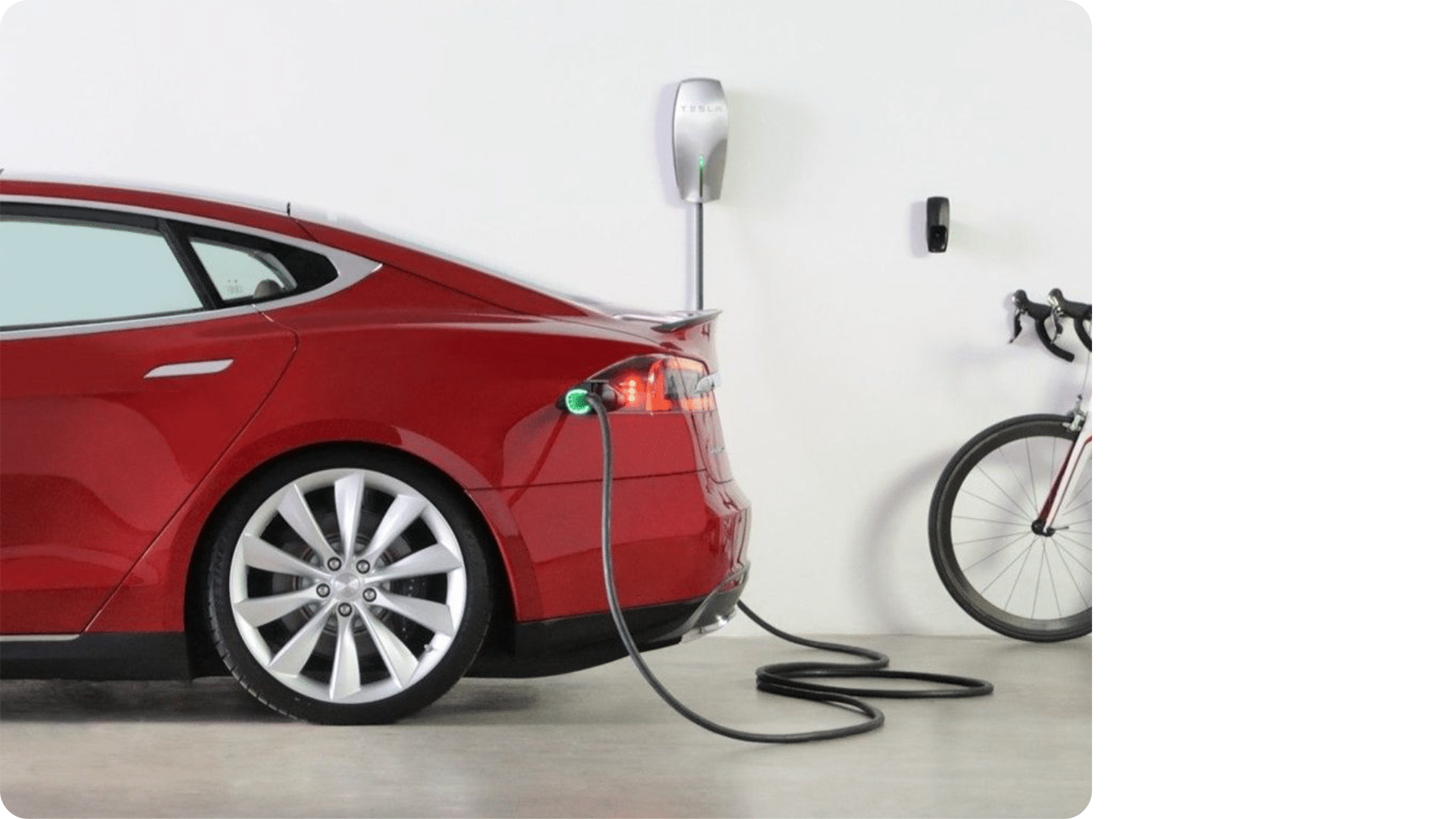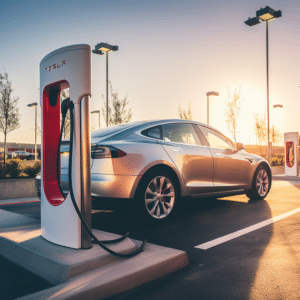
Optimal Tesla Charging: Battery Maintenance and Longevity Guide
There is a lot of debate among electric car drivers about whether we should charge our cars anytime we can or only charge them when the car tells us that charging is necessary.
Should I Charge my Tesla Every Night?

The answer is no. You do not need to charge your Tesla every night. Doing so can damage your battery. Charging every night is not required.
How Often Should You Charge Your Tesla?
This is where the conversation gets more complicated. You can charge your Tesla as often as you want, but there are some things to consider. Taking your car to a full charge every night in the owner’s manual is not recommended.
However, you can charge your Tesla every other day and allow the battery to reach only 80 to 90 percent. Tesla recommends not charging 100 percent all the time because it’s bad for the battery. If you charge to 100 percent, you will get a lower life out of your batteries. Plus, 90% is the default setting in your Tesla.
The manual also specifies to stay above 20% in the event of a low battery. Driving between 90% and 20% of the battery’s capacity is enough for many drivers.
Tesla recommends you keep your Tesla plugged in when not in use. It’s essential to keep your Tesla charged even if you’re not planning to drive for weeks at a time. A wake-up mechanism on Model S ensures that it maintains the battery at an optimum charge level.
Does it hurt Tesla to charge every day?
Tesla is not one of those cars that can be used for regular driving, and that’s why you must know how to charge your Tesla. It is ok to charge it every night if you commute long during the day and use a lot of the charge. However, charging your Tesla if it doesn’t need it is bad for the battery because it has to work hard to reach full charge and will not help it last longer.
Lithium-ion battery packs power EVs. Over time lithium-ion batteries degrade as they are charged and discharged repeatedly. Overlooking the capacity of your battery is the surest way to make your battery die quicker.
Reducing the number of charging cycles will help protect your battery from degradation. No need to be alarmed when you plug in, but remember that every time a battery is charged, whether by 5% or 55% – a charging cycle is taking place that stresses it. Besides the energy loss from preconditioning or heating the battery, daily charging increases your battery’s cycle count and increases your electricity bill.
What happens if I run out of power with my Tesla?
According to the Tesla website, there are two ways to charge your car. You can charge it using a Tesla Supercharger or by plugging it into an outlet at home.
When your Tesla runs out of charge and is left stranded in the middle of the road, all you need to do is wait for a tow truck. Then they’ll be able to get your car to a Tesla station that’s in operation and is in the right vicinity to replenish your battery and get you on your way.
Tesla has a range of charging stations available for owners and potential owners to recharge their vehicles. Tesla recommends using the charger included with the purchase and any charging stations within range. Currently, there are over 42,000 electric charging stations across the country. You clearly see their location on the map by the U.S. Department of Energy Alternative Fuels Data Center.
The Best Ways to Maintain a Healthy Battery

At 50,000 miles, you’ll need to replace the battery coolant, but other than that, it doesn’t require much maintenance. Tesla recommends you take your Tesla to a Service Center once a year or every 12,500 miles for maintenance.
Slow it down
The higher your speed, the faster your battery will be drained. Going easy on the accelerator can help you get the most out of your Tesla car’s battery.
Use climate control
Using climate control allows you to set the cabin temperature before you drive. If you leave the car to warm up outside in cold weather, it uses more electricity.
Limit fast charging
Road trippers may need a fast charger while on the go. Although this may have minimal effects on your battery, it’s still best to avoid it. You should plan your route to prevent unexpected charging events on the road. Follow the same charging schedule.
Be careful not to deep discharge the battery pack
It’s not recommended to keep your car running on 100% for more than a few hours, but a discharged battery is equally unwise. It’s recommended that you don’t leave your Tesla in the garage for more than a few days since electric vehicles consume power if they’re sitting in the garage. Set the charge to 50% to avoid overcharging. Remember to take the vehicle for a short drive as soon as you get back. Short drives are better for the vehicle’s overall health, especially if it has been sitting for some time.
Battery balancing should be done regularly
By balancing your battery, you can maximize its capacity and even out how the charges are distributed. Having a periodic range or max amount for your battery is beneficial for regulating the battery’s management system, even if you will never use your battery’s maximum capacity or take long trips.
Avoid interfering with regenerative braking
It regenerates deceleration energy into the batteries of moving vehicles. Rather than using its own energy, the vehicle uses this stored energy when it accelerates next.
Conclusion
It is unnecessary to charge the battery every day unless your charge is low, though keeping the battery at an optimal percentage is good. The battery would be better off if it did not have to be charged for a day if the percentage is above 70 or 80 percent. This will keep the battery from getting overworked and enable it to perform at its best.
